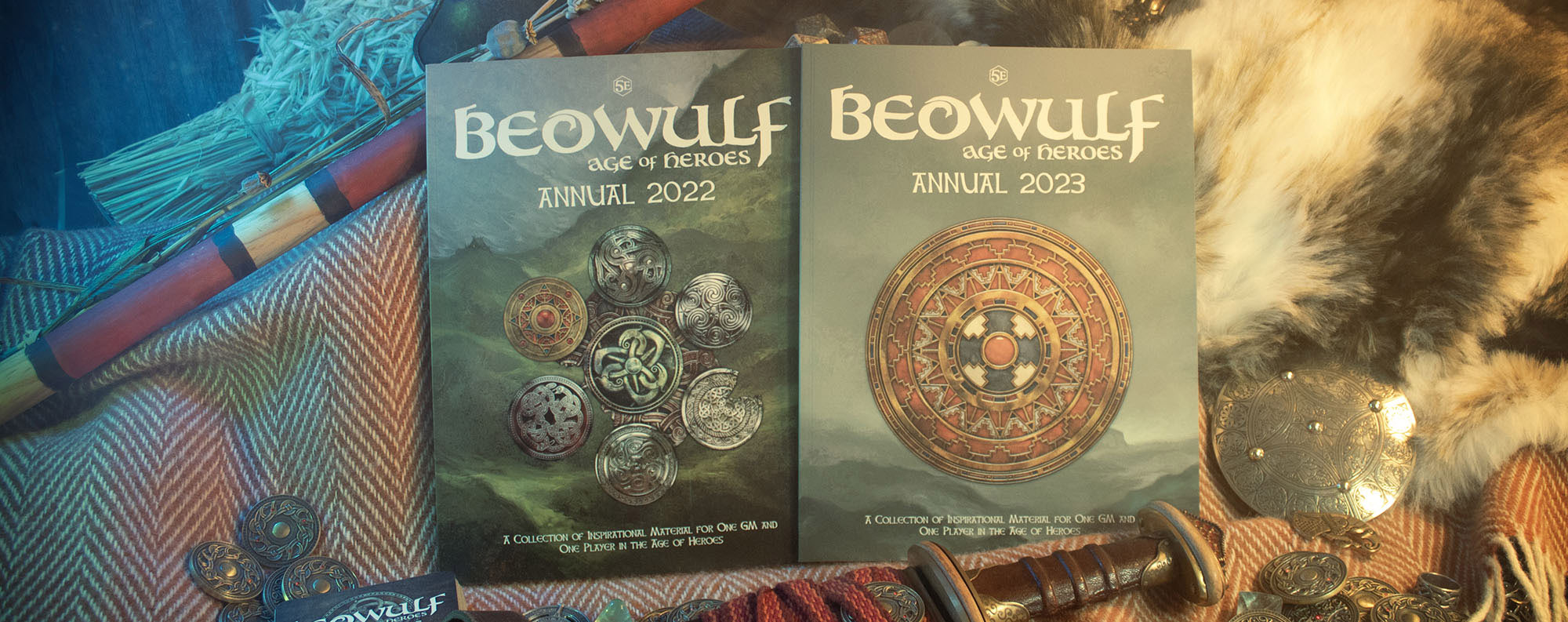It’s Friday and we are starting a new BEOWULF blog today. We will talk about the design, structure and production of the core game, supplements, adventures, etc. and we will even drop some hints about products under development. Today, we’ll tackle feats.
Feats are little packages of rules that allow a character to do something special. You can trade an ASI (Ability Score Improvement, an increase of +2 to any one ability score or +1 to two ability scores) for a feat. Since a +2 to an ability score results in a +1 to an ability score modifier, they are always beneficial. If you have two ability scores that are odd, the +1 to two scores are very beneficial, because you will improve two modifiers at the same time.
There is also the concept of the half-feat, a feat that unlocks a small rules package and gives a +1 to a single ability score. Not as useful as a full ASI, it still allows the character to progress their ability scores and achieve a special feature. Lots of feats in BEOWULF work this way. For example, At Spear’s Length, improves Strength by 1, while also reducing the number of attacks from a creature down to 1. This isn’t so impressive at lower levels, but once Multiattack becomes common with higher challenge monsters it is quite useful.

Other feats, like Fortune’s Tide, don’t provide an advancement to an ability score. This is because the ability to reroll a d20 on demand is more powerful than other feats (it’s like getting advantage on the roll without needing to spend Inspiration). Hero’s Resolve is another one, receiving proficiency in a third (or more) saving throw is quite powerful on its own.
Next time you make a BEOWULF character, take a close look at the various feats. There’s lot more than just the ones we talked about, and they can help fill in your Hero’s personality and capabilities while also improving their baseline stats.
BEOWULF: Age of Heroes is available in PDF: DriveThruRPG
Or hardcover print edition: BEOWULF: Age of Heroes

